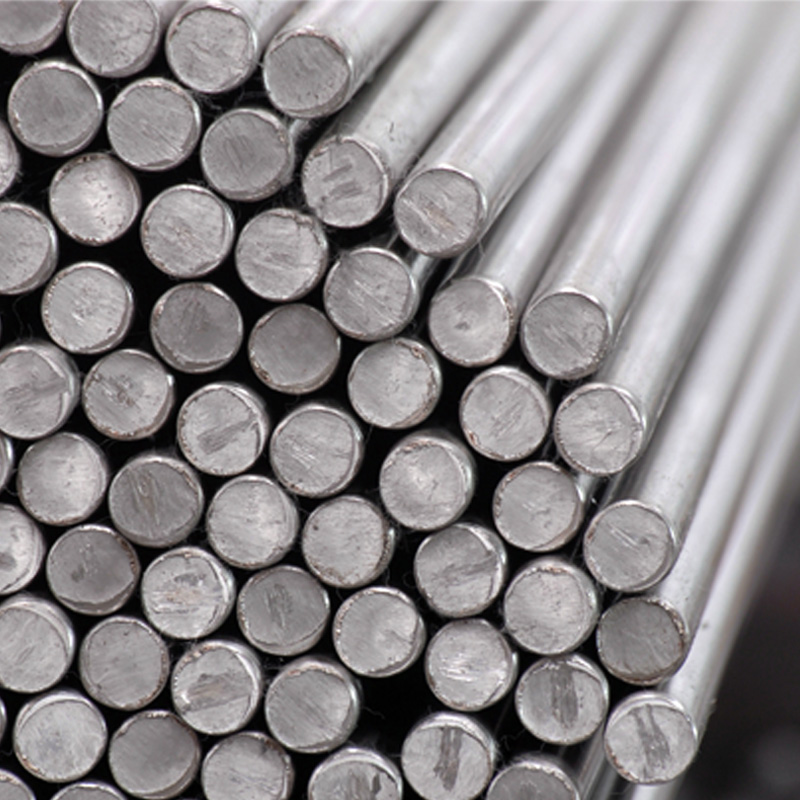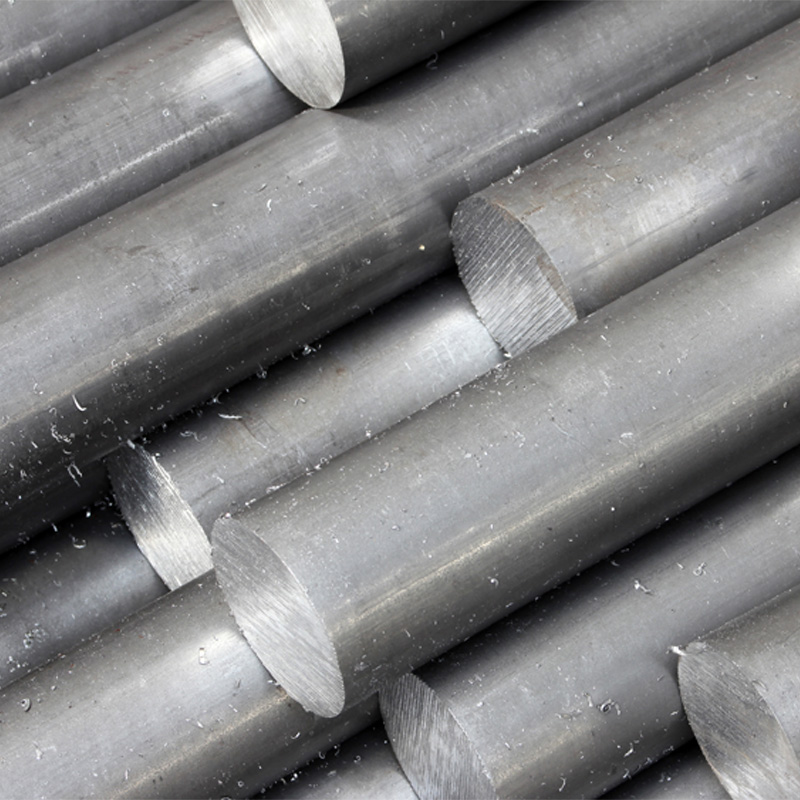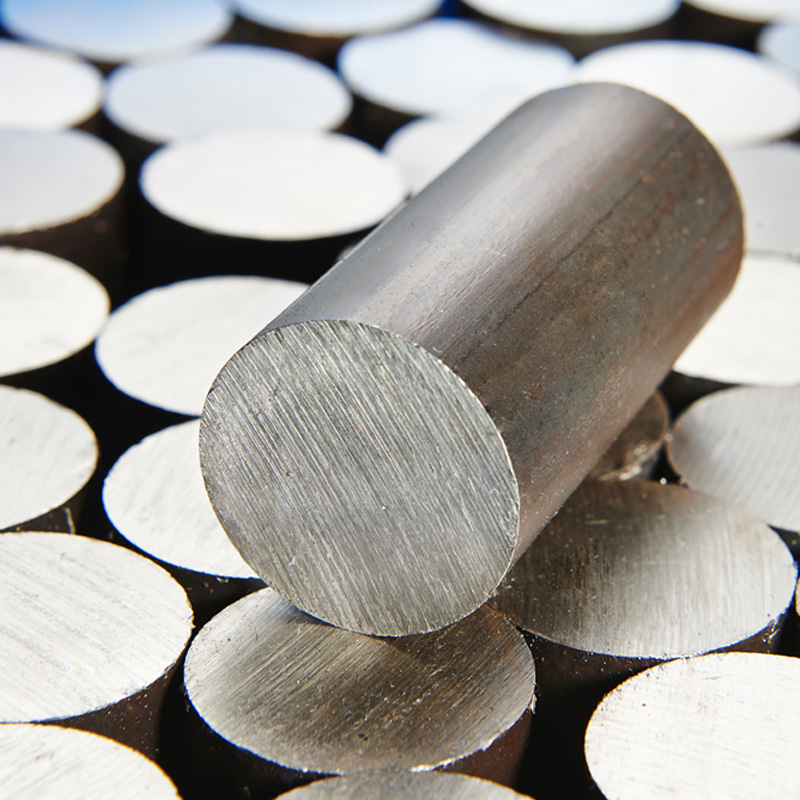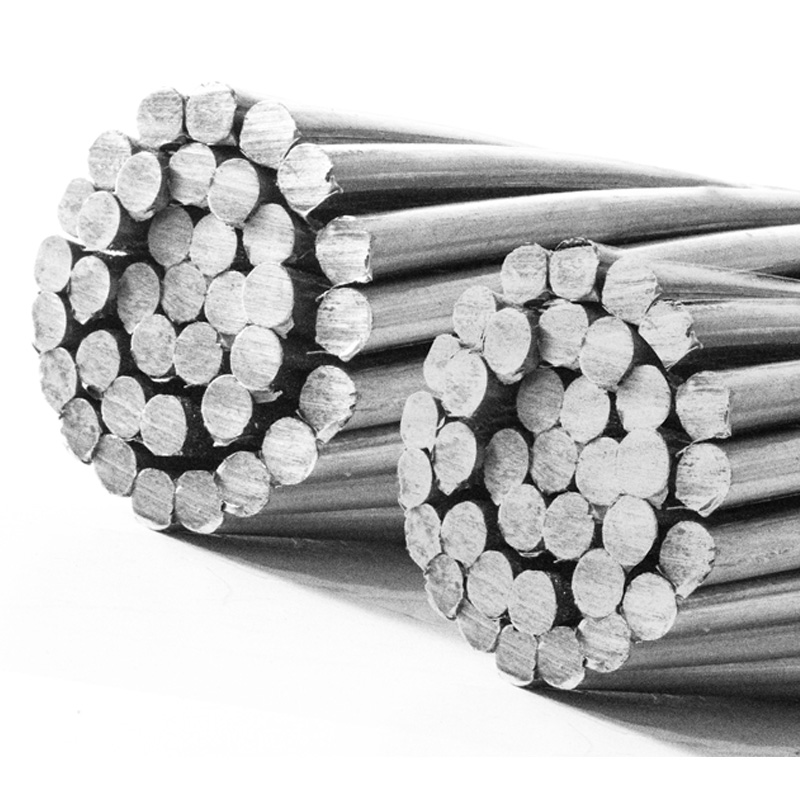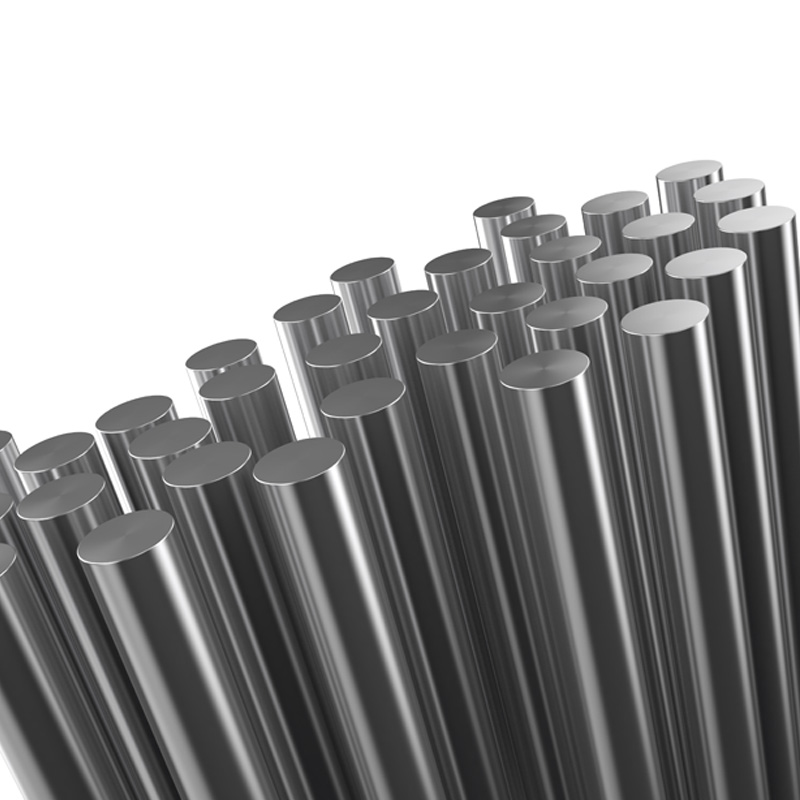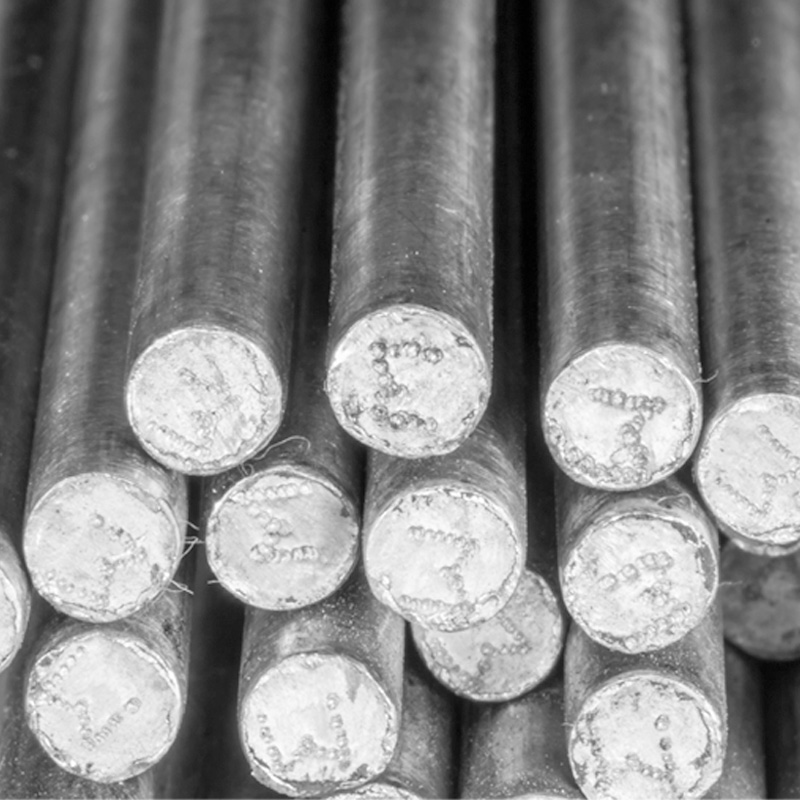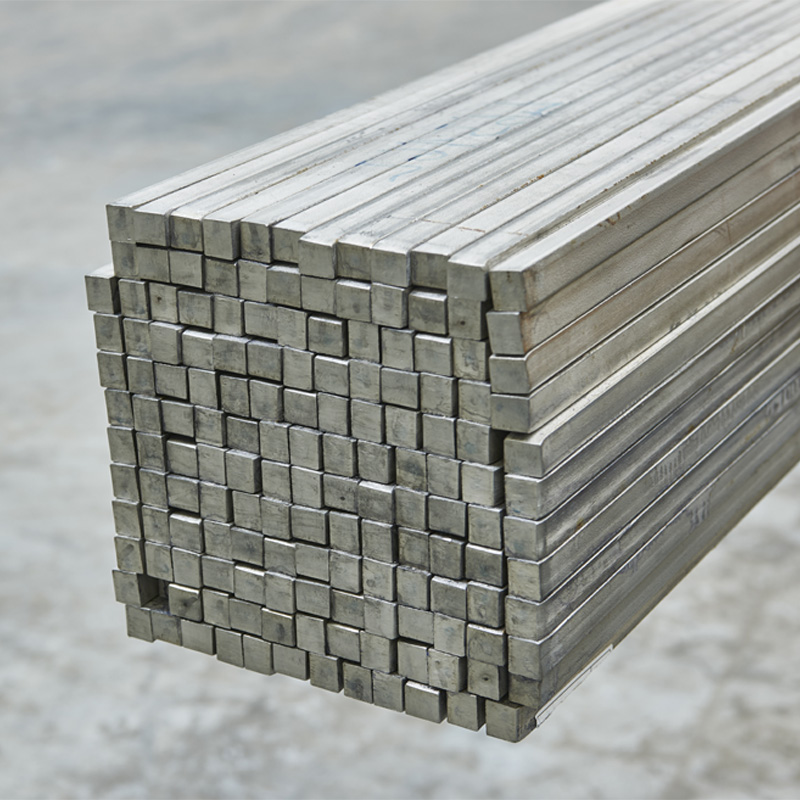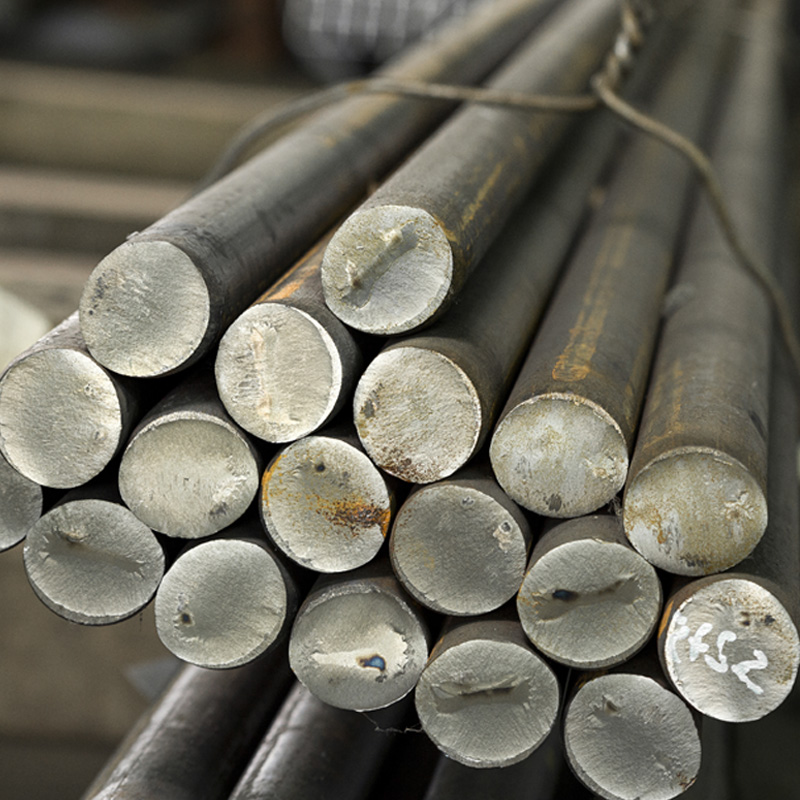Alloy steels are one of the cornerstones of the steel industry and are a group of materials noted for their mechanical and chemical properties. They offer features such as machinability, durability, and longevity, making them widely used in various sectors.
Tempered steels are a type of steel that are subjected to heat treatment specifically to enhance mechanical strength and toughness. As a result of the tempering process, these steels become more durable and long-lasting. They contain elements such as carbon, chromium, nickel, and molybdenum, and the mechanical and chemical properties of the steel are determined by the proportions of these elements.
The main purpose of tempered steels is to increase toughness along with high strength and to create a structure that is resistant to impacts. Therefore, tempered steels are widely used in fields such as automotive, machinery, defense industry, and energy sector.
The production of alloyed steels is accomplished through special heat treatments and the optimization of chemical properties. The production process consists of the following steps:
Casting and Raw Material Selection
Initially, alloys that make up the content of the alloyed steels are carefully selected. Elements such as carbon, manganese, chromium, and molybdenum are mixed in specific ratios to form the raw material structure of the steel. The quality of the steel varies depending on this raw material selection.
Initial Processing
In the first stage, the casting process is applied to form steel blocks. These blocks are prepared for the heat treatment process.
Heat Treatments
The most critical stage of alloyed steels is the heat treatment. This process consists of three fundamental steps:
Hardening: The steel is heated to a certain temperature and then rapidly cooled. This process ensures high hardness for the steel.
Tempering: After hardening, the steel is reheated in a controlled manner. This process increases the toughness of the steel and reduces its brittleness.
Normalization: Applied to make the microstructure homogeneous. This process enhances the structural durability of the steel.
Final Inspections and Tests
After completing the heat treatments, alloyed steels are subjected to quality inspections. The suitability of mechanical properties is verified with special tests. Parameters such as hardness, strength, and toughness are tested.
Applications of Tempered Steels
The advantages provided by tempered steels have made this material indispensable in many industries. Some key application areas are as follows:
Automotive Industry
Tempered steels are widely used in the production of components that require high strength, such as car engines, transmission systems, and axles. They are particularly preferred for their resilience to impacts and harsh conditions.
Machinery and Equipment
Tempered steels are used in machine elements like gear systems, shafts, and bearings. The longevity and durability of these parts ensure continuity in machine performance.
Defense Industry
Tempered steels are prominent in the production of tubes and pipes, armor systems, and other military equipment, especially in areas requiring ballistic resilience.
Chemical Properties of Tempered Steels
The chemical properties of tempered steels vary depending on the proportions of the elements they contain. Generally, the fundamental elements that may be found in these steels and their effects are:
Carbon (C): Increases hardness and strength.
Chromium (Cr): Provides corrosion resistance and improves wear resistance.
Molybdenum (Mo): Enhances resistance to high temperatures.
Nickel (Ni): Improves toughness and formability.
Manganese (Mn): Increases mechanical strength and improves structure during heat treatment.
Energy Sector
Tempered steels are used in the production of wind turbines, generators, and other energy equipment. The long lifespan and high durability of these equipments are critical requirements.
Mechanical Properties of Tempered Steels
Tempered steels stand out with their mechanical properties. Here are some of these properties:
High Strength: After heat treatment, tempered steels can achieve very high strength values.
Toughness: These steels are resistant to impacts and reduce the risk of cracking or breaking.
Hardness: The hardening process increases the steel's hardness values, making tempered steel resistant to wear.
Flexibility: In addition to hardness and strength, they offer a flexible structure.
Tempered steels are a type of steel that balances strength and ductility, with their mechanical properties being emphasized. They are used in various industrial applications, and their properties are optimized through heat treatments. This article addresses the heat treatment conditions of tempered steels, their mechanical properties, industrial applications, advantages, and disadvantages.
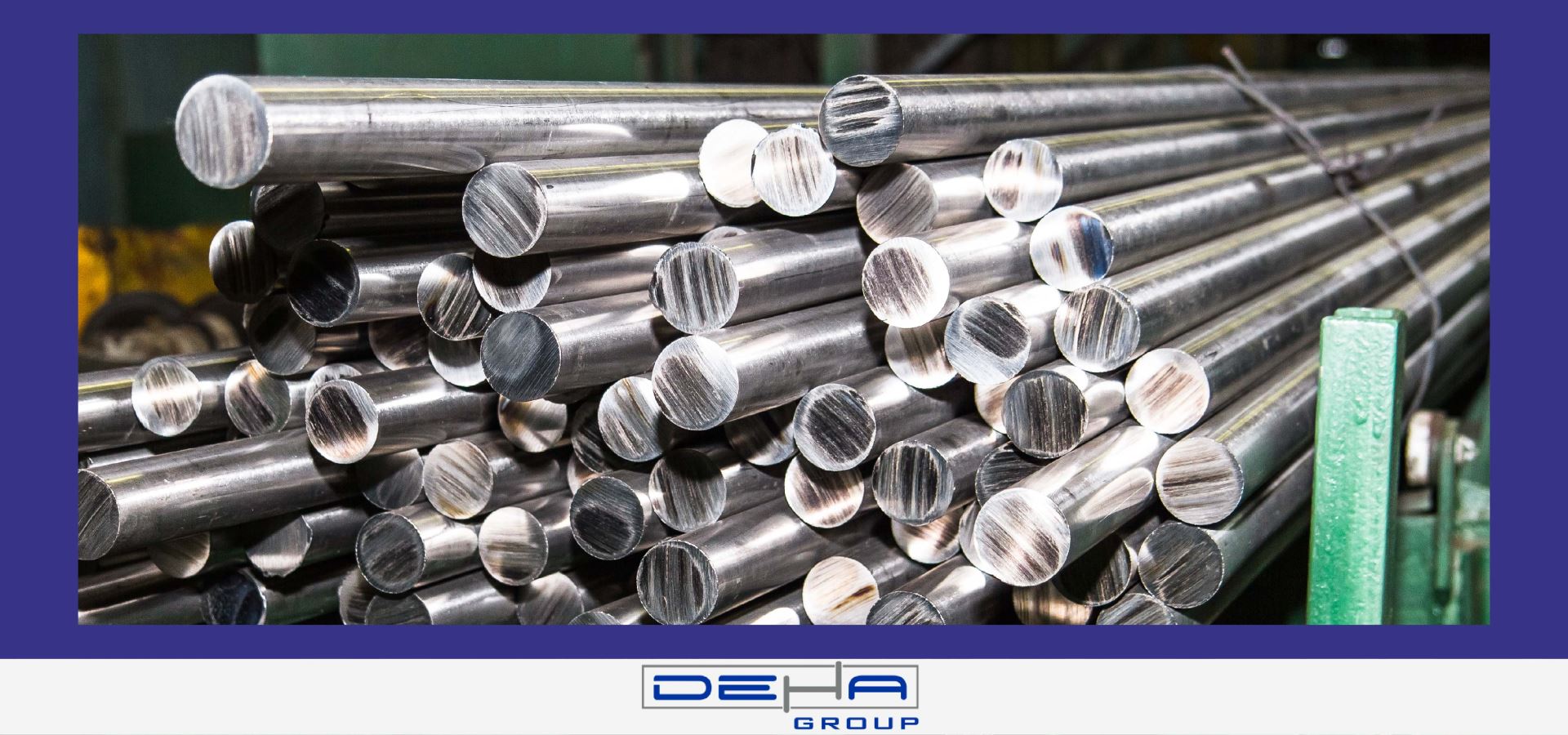
Heat Treatment Conditions and Properties of Tempered Steels
Heat Treatment Conditions: Tempering of steels involves heat treatments to improve mechanical properties such as hardness and strength. These processes usually include the following steps:
Normalization: The tempered steel is first heated to a specific temperature (usually ranging from 850-950°C) and then cooled in air. This ensures homogeneity in the microstructure and increases the material’s ductility.
Hardening: The part is rapidly cooled in a specific liquid (oil or water) by raising it above the critical temperature. This process increases the hardness and wear resistance of the steel.
Tempering: To reduce the internal stresses caused by hardening, tempering is applied. This process, at 200-650°C, reduces hardness somewhat but improves the material’s toughness and elasticity.
Mechanical Properties: Tempered steels excel with their mechanical properties:
High Strength: Achieves very high strength values through hardening and tempering.
Toughness: Tempering reduces brittleness, giving the steels a tough structure.
Wear Resistance: Good hardening raises wear resistance to very high levels.
Flexibility: Shows flexible behavior against mechanical loads thanks to tempering.
The mechanical properties of tempered steels make these steels versatile in industrial applications.
Industrial Applications of Tempered Steels
Tempered steels are widely used in various sectors. These applications are noteworthy:
Machinery Industry: Tempered steels are preferred in parts like gears, shafts, ball bearings, and pistons, which require high durability and toughness.
Automotive Industry: Vehicle chassis components, crankshafts, axles, and timing chains are mostly produced from tempered steels.
Aerospace and Defense: Used in applications that require a combination of high strength and low weight.
Energy Sector: Frequently used in equipment such as steam and gas turbines.
Agricultural Machinery: High-durability parts in these machines are generally made from tempered steels.
Advantages and Disadvantages of Using Tempered Steels
Advantages:
High Performance: Processed tempered steels offer high strength, toughness, and wear resistance.
Long Lifespan: Offers a long lifespan thanks to high mechanical properties.
Engineering Flexibility: Properties can be easily optimized with different tempering temperatures.
Disadvantages:
High Cost: Processing and material costs are higher compared to standard steels.
Difficulty in Machining: The hardened state of the steels can make machining difficult.
Complex Process Requirements: Multiple heat treatments are necessary to reach the full potential of tempered steels.
Differences Between Tempered Steels and Free-Cutting Steels
Tempered steels and free-cutting steels are different types of steels used in steel manufacturing and processing techniques. These two types of steel differ in terms of their intended uses and mechanical properties. Here are the fundamental differences between tempered steels and free-cutting steels:
Tempered Steels:
Tempered steels are steels generally used to provide high hardness and durability. These steels are strengthened by heat treatment (heat treating or tempering) and usually possess high strength, wear resistance, and shape durability.
Commonly used in fields requiring high durability and reliability, such as automotive, machinery manufacturing, and engine parts.
Free-Cutting Steels:
Free-cutting steels are steels with high machinability properties. These kinds of steels are produced especially for machining in automatic machines (automatic lathes, milling machines).
Thanks to their properties that facilitate machining, they are preferred in industrial applications with mass production.
Sectors Where Tempered Steel is More Commonly Used
Tempered steels are predominantly chosen in the following sectors:
Automotive: In parts requiring strength, like axles, gears, and timing chains.
Machinery: For durable parts like gears, ball bearings, and pistons.
Energy: In turbine and power transmission equipment.
Aerospace: In critical, high-strength components.
Tempered steels are a type of steel whose properties are enhanced through heat treatments to meet various mechanical needs. They occupy an indispensable place in industries like machinery, automotive, and aerospace due to features such as high strength, toughness, and wear resistance. However, it is important to consider the challenges of cost and machinability with these materials. The mechanical properties and broad application areas of tempered steels make this material a top choice for industrial projects.

 TR
TR

